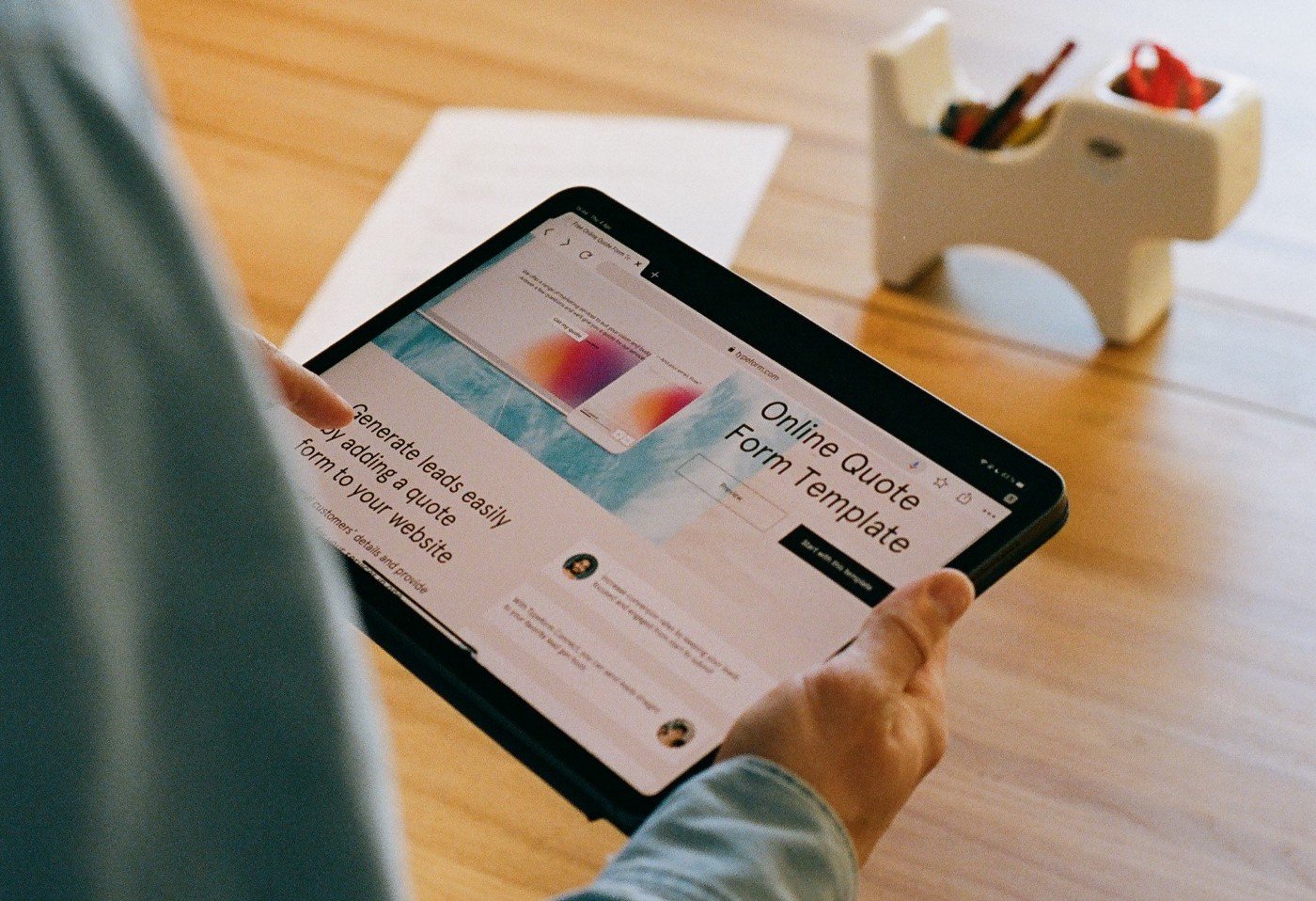The creative design process at Typeform in 4 stages.
Being part of an in-house creative team means delivering best-in-class design and content on a daily basis. At Typeform, the creative team mostly develops digital projects, but we also do many other things like video content, merchandising or events.
Over the last four years, we’ve perfected a process that we’ve followed like a blueprint for producing all our creatives.
Here are its four main stages.
1. Design Strategy
The creative process starts when we receive a creative brief.
If you’re interested in getting the PDF of our creative brief template, send me a DM on Instagram at @antolino and I will share it with you. 😉
Brief Immersion
Our strategist, Martijn Tiemersma, translates the brief into a debrief. The brief describes what the stakeholder expects from the project; the debrief reflects what our team understands from the brief. Writing a debrief is a good way to playback to the stakeholder what we will agree to create and make sure we’re all aligned.
The debrief is the source of truth throughout the creation process. When agreed, we move on to planning.
The brief immersion session is always a conversation between creators and stakeholders.
Planning
A clear debrief helps the creative producer plan the needed time and resources. Sometimes this means involving external collaborators to make sure we have all the skills required for the project.
When everything’s planned, we all get together for a kickoff.
Kickoff Meeting
This is the first time all contributors sit together to go over the project. Roles are presented, and the goal is set.
With a clear brief and plan, we move on to ideation.
2. Ideation
The goal of ideation is to define a guiding concept for the project.
The concept is what sets the message and the tone of the work. For campaigns, it’s usually the value proposition.
Brainstorms can get very messy, especially if there are too many people in the room. To reduce the pressure of coming up with a great outcome immediately, we split ideation into two different sessions.
Brainstorming Session
The brainstorm is when we open up possibilities. We come up with as many ideas as possible. It doesn’t really matter how crazy they are.
By the end of the session, the group is usually pretty excited.
We let all the ideas sit for at least the next day. This gives us the chance to let go of the initial excitement and return with a more rational approach.
Landing Session
The goal of this second session is to bring our ideas back down to earth until we commit to the stronger, more feasible one. When the team agrees on one proposal, we prepare a presentation deck, including the concept for the direction and a map of deliverables.
The direction and value proposition are pitched to the stakeholders. Once agreed, it’s time to start bringing the concept to life.
3. Design Development
This stage is where the hard work really happens. Creatives work together to develop the first draft of all the project assets.
Draft Presentation
When developing a campaign, we want to see the first version of every asset. At this stage, quantity is more important than quality. I learned this lesson from DesignStudio while working on Typeform’s rebrand.
Learn more about Typeform’s rebrand here:
By working on all pieces at the same time, we get a sense of how the concept works in all its different applications.
Final Presentation
Once all pieces are reviewed, we perfect them and focus on the details to deliver unique assets to delight our audiences.
We present our designs on boards, to make the whole process transparent and accessible to everyone.
4. Design Delivery
We think of asset delivery as a stage in itself. Assuming the job was finished and overlooking the delivery has brought us big headaches in the past.
There are two critical steps to keep in mind during delivery.
Testing
I can not count how many times we’ve made mistakes because of a lack of testing. Testing helps us minimize risk and ensure all assets are working well in the channels where they’re going to be consumed.
The creative team is not responsible for publishing our content. Marketing, customer success, product or employee experience, are usually the ones launching and publishing our work. It’s important to have great communication in order to deliver and launch or campaigns successfully.
Sometimes we hit the target, and a lot of times, we just don’t. That’s why our last step is always a retrospective.
Retrospective
In this session, the team gathers to discuss not just the results of the project, but the main challenges we faced during the process. Learnings help us deliver better creatives more efficiently.
Sometimes, a retrospective can be hard to manage by a member of the team, so you can get an external collaborator to facilitate the session. I personally loved working with Alejandro Masferrer, who used to help us by facilitating our team improvement sessions.
Full transparency over how we do things is essential to have good communication with our stakeholders. Having a clear creative process that everyone understands helps bring people on board.
If you have any questions or want to know more about how we create, please leave your thoughts down on the comments. I’m always happy to start a conversation.




